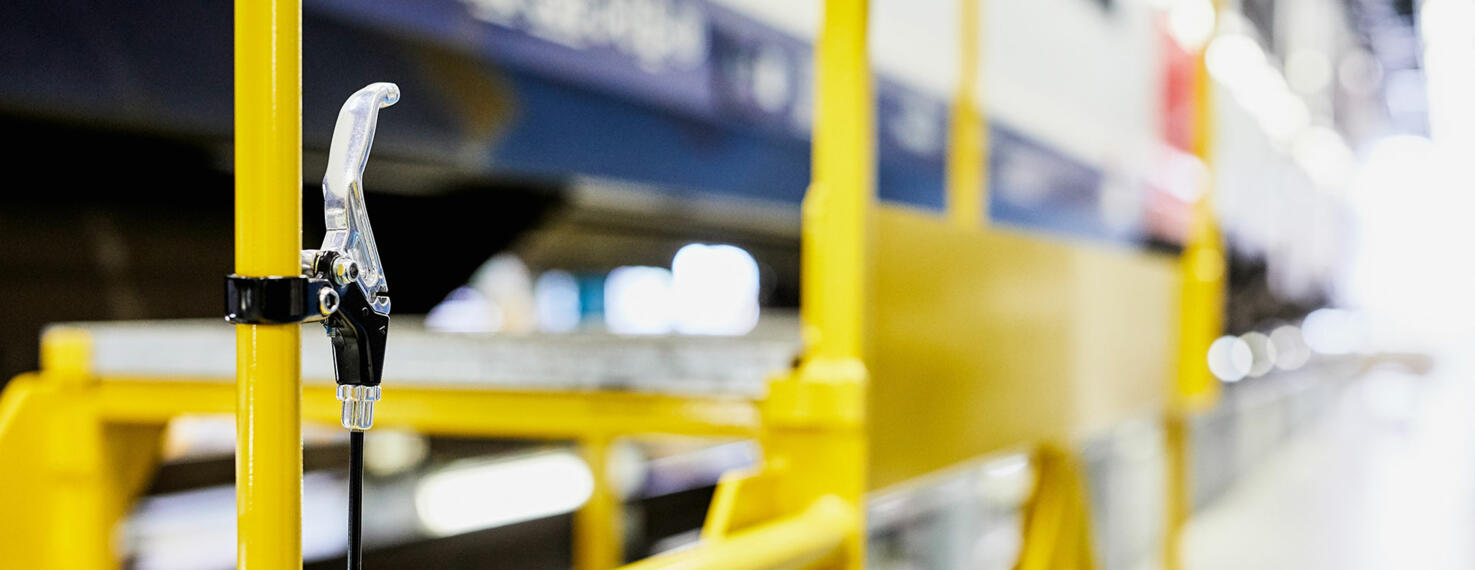
Lexicon: I
Individual locking of casters
With caster locking mechanisms, a distinction is made between individual locking and central locking.
The former is standard: Each caster has a locking mechanism which can be used to lock and unlock it. The central locking also allows all the castors on the device to be locked at one time by activating the lock on one caster.
While the central locking system makes it possible to lock all casters on faster, which is of great advantage in some areas, the individual caster lock offers the ability to flexibly stop individual casters.
Types of caster locking
The locking mechanisms include the load-dependent brake, the wheel and directional brake, and the total lock. The load-dependent brake is used, for example, for chair casters. In this case, the casters are not locked when loaded, but are locked when unloaded. As their names suggest, the wheel brale and directional lock lock different parts of the caster. The wheel brake locks the wheel, so it can no longer turn.
However, it is still possible to swivel the wheel in the bearing. Exactly the opposite is the case with the directional lock. Here, it is not possible to swivel the wheel in the locked state, but the wheel can still turn. This makes it possible to transform a swivel caster into a rigid caster temporarily, in order to make it easier to travel in a straight line. A combination of these two types is the total lock: This locks both the wheel and the swivel at the same time, so that that the caster can neither run nor swivel.
